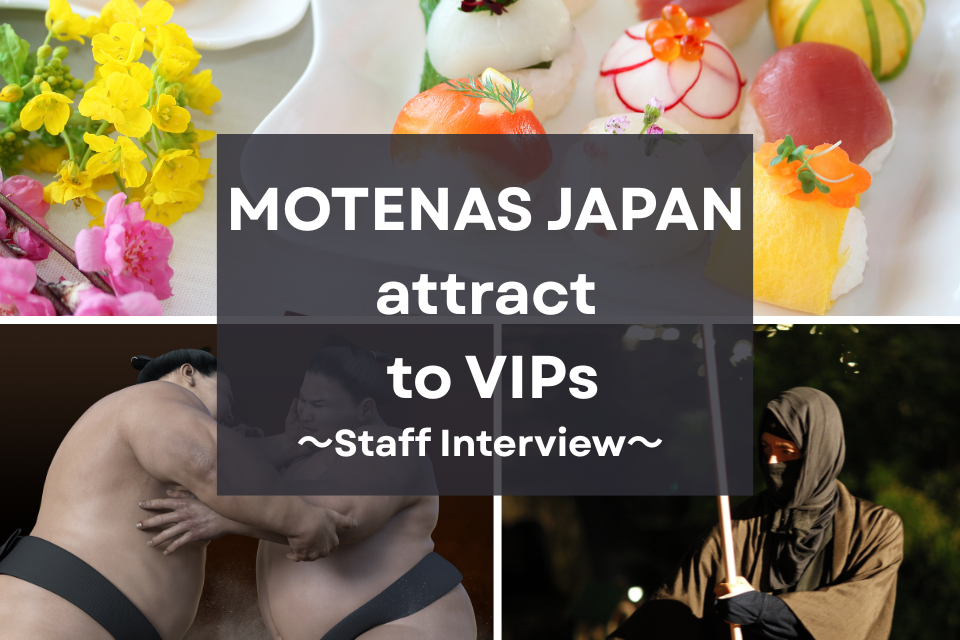
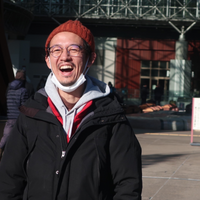
Recently, MOTENAS JAPAN provided support for a prestigious international high-end event!
In this article, we feature an exclusive interview with two of MOTENAS JAPAN’s top concierges who played a central role in the event’s operation.
Through their firsthand experiences, we’ll uncover the realities behind managing complex events tailored for affluent guests—and explore the true potential of “MOTENAS JAPAN,” a unique hospitality concept born in Japan.
Customer Requests and Background
The client’s initial request was to have us handle the land operations. Specifically, this included on-site logistics such as traffic flow coordination and personnel placement.
As we continued sharing information with the person in charge, we found that while hotel and restaurant reservations had already been made, MOTENAS JAPAN eventually took on both the overall planning and the detailed arrangements.
Since our responsibilities significantly expanded beyond the original scope, the first step was to understand the situation: what had already been handled by other parties, what the client truly expected, and—most importantly—what their intentions and feelings were.
Schedule for the day
The experience was held over two days, and we are pleased to introduce some highlights.
- Morning| Meeting with executives of a global corporation
- Lunch| Cooking class led by a renowned chef
- Afternoon| A variety of activities including samurai experiences, sumo, and street karting
- Dinner| Japanese gourmet party
- After Hours| An exclusive evening at a famous nightclub
Memorable Activities and Participant Reactions
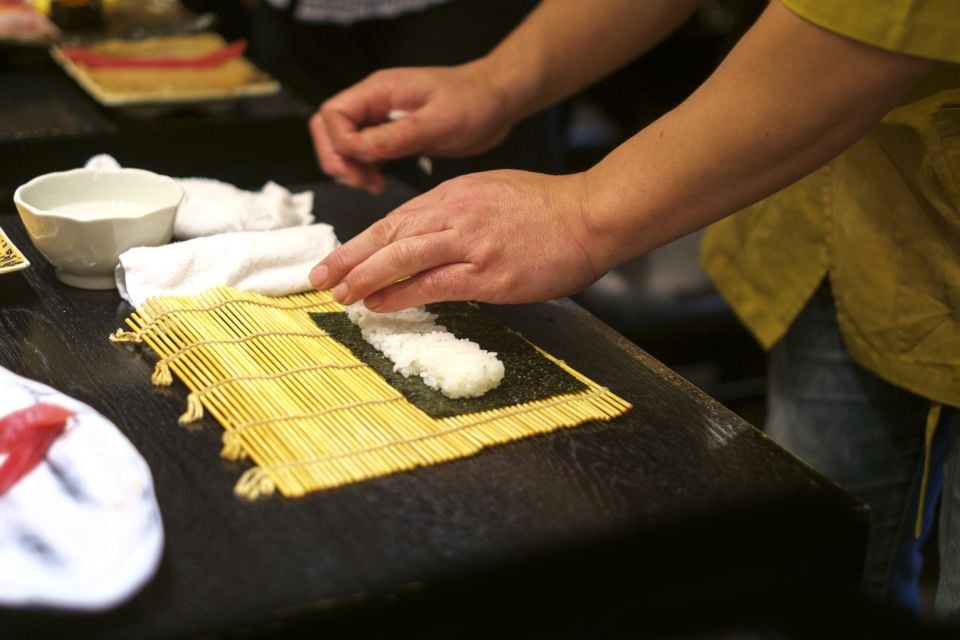

From your perspective, was there a particular activity during the event that left a strong impression on you?

As expected, the experience-based content focused on sushi, sumo, and samurai was especially well-received.
It wasn’t just about typical sightseeing—the participants had a genuine desire to understand the essence of Japanese culture, and I believe we were able to meet those expectations effectively.
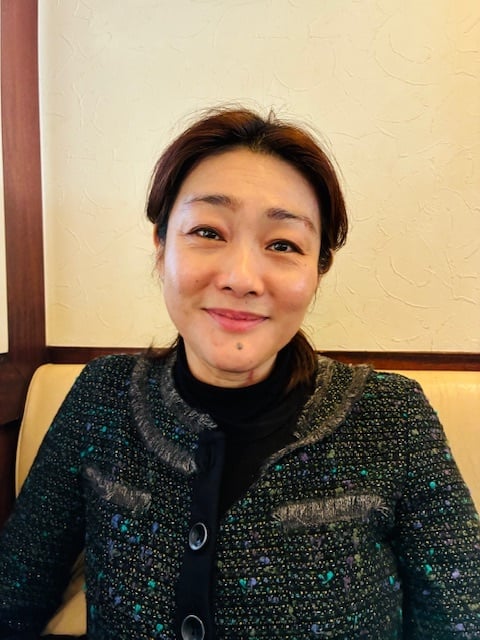
The participants this time were all executives, well-versed in various cultures around the world.
That’s precisely why we felt that superficial performances wouldn’t resonate with them.
Instead, we anticipated that they would be more interested in the background, the “why” behind each tradition, and the craftsmanship involved.

So rather than focusing on entertainment that merely shows,
we placed greater importance on creating an experience that truly communicates.

Yes, for example, in the sushi session, it wasn’t just about watching the chef prepare sushi.
The artisan explained details such as “why the rice is served at a specific temperature” and “the intention behind how the fish is cut.”
We intentionally created moments where participants could truly engage with the philosophy and mindset of the craftsmen.

I believe it was also the first time for the artisan to explain the intention behind the sushi-making process to an audience of fluent English speakers.
When we asked him to dig deeper into the meaning of his craft and share that, he took the request very seriously and prepared with great dedication.

We received direct feedback from the guests, saying things like “My intellectual curiosity was truly satisfied” and “I never expected Japanese culture to be presented in this way.”
It felt like a moment where the very value that MOTENAS JAPAN aims to deliver had truly taken shape.
What Only MOTENAS JAPAN Can Offer

In large-scale, multinational, and multi-purpose events, unexpected situations are almost inevitable.
Challenges that weren’t visible during the planning phase often become apparent once you’re on the ground.
This event was no exception—there were numerous moments that tested our flexibility, such as schedule delays and sudden changes in participants’ movements.
What became clear through these experiences was that the key to success lies in having the ability to keep a bird’s-eye view of the entire operation, while also responding swiftly and effectively on-site.

Weren’t there many situations you had to deal with onsite that could not be handled in Japanese alone?

Yes, there was a lot of communication in English.
Since the participants came from diverse nationalities and cultural backgrounds, we constantly received very detailed requests—from allergies and religious dietary restrictions to last-minute schedule changes.

Since both of us have experience living abroad, we were able to communicate directly in English without relying on interpreters.
This made everything much smoother, and we were able to respond to the needs of the event without interrupting its flow.

One of the strengths of MOTENAS JAPAN is the “English ability of the on-site staff. I also heard that there were some “irregularities” on the day of the event that did not go as planned…?

This may be common in many events, but in our case, the guests were participating quite freely—with comments like “I’ll skip this part” or “I’ll join later.”
As a result, it was quite challenging to keep track of how many people were actually present at any given time.
However, we couldn’t finalize things like return bus schedules without accurate information, so on-site coordination and communication became essential, and we placed a strong emphasis on how to organize and manage the situation in real time.

Since we had simulated the flow of movement and personnel placement in advance, I believe we were able to respond quickly to these unexpected situations.
Maintaining close communication and keeping track of everyone’s whereabouts also played a key role.
In the end, our ability to adapt flexibly probably contributed to the participants feeling that “everything went smoothly.”
Fully customized traditional cultural experience
This event offered a ” fully customized ” traditional cultural experience that could never be accommodated by existing packages.
We were able to convey deep cultural values while responding immediately to complex requests and unexpected changes. The combination of both was made possible by MOTENAS JAPAN’s “flexible design” and “onsite responsiveness.
From corporate events to special VIP experiences, MOTENAS JAPAN can design a “one and only time” tailored to your needs.
Can you do this? Even if you just have a vague idea of what we can do for you, we are here to help. Please feel free to contact us. We will tailor your ideas into the best possible form.
For those who want to know more about our services and the implementation process.
Our dedicated concierge will be happy to guide you through the process.
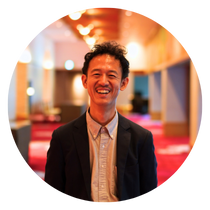
30s male writer. He has worked in a hotel for 16 years and is involved in the travel industry. Through his work at travel agencies and hotels, he developed an interest in travel and often goes on trips. His favorite cities are Sendai and Hakata. He conveys the knowledge he has gained through his travels and the charms of Japan with care.





